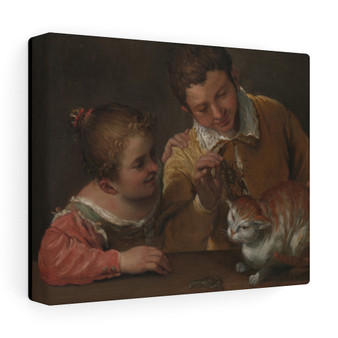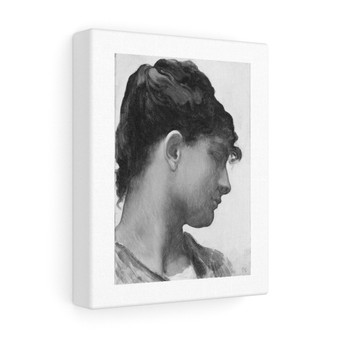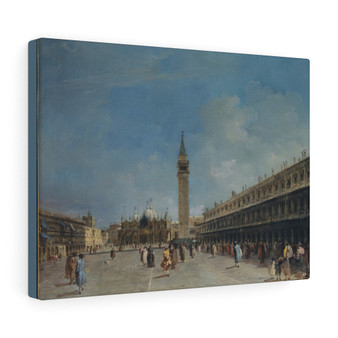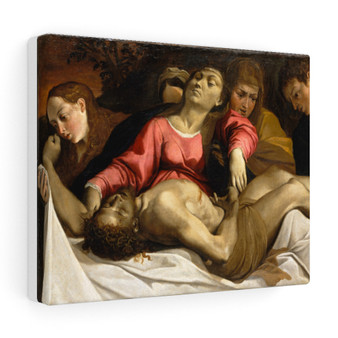Product Description
Teasing a Sleeping Girl ,ca. 1760, Gaspare Traversi, Italian. Historical artwork in public domain. Traversi’s career is poorly documented, but he was unquestionably the leading genre painter in eighteenth-century Naples. He translated the half-length narrative compositions of high Baroque painters such as Caravaggio into parodic images of the noble classes. Their emphatic naturalism and biting wit can be compared to the more famous English artist William Hogarth. In this characteristic example, an old man tickles a young girl who has fallen asleep with her box of keepsakes on her lap. The literal-minded humor and amused expressions of the surrounding household diffuse the latent eroticism of her limp body, parted lips, and closed eyelids. Title: Teasing a Sleeping Girl Artist: Gaspare Traversi (Italian, Neapolitan, ca. 1722–1770) Date: ca. 1760 Medium: Oil on canvas Reference on the original Nicola Spinosa. Pittura napoletana del Settecento: dal Rococò al Classicismo. Naples, 1987, p. 109, no. 108, fig. 134, ascribes it to Gaspare Traversi. Francesco Barocelli. "The Painter in the Drawing-room: Gaspare Traversi." FMR no. 70 (October 1994), p. 87, describes the subject as "a petit-bourgeois intimacy, a conscious generational differentiation between a world of elderly pranksters and naive and indolent youth, the unwitting butt of their hardened ruses". Katharine Baetjer. European Paintings in The Metropolitan Museum of Art by Artists Born Before 1865: A Summary Catalogue. New York, 1995, p. 141, ill. Roberto Contini. The Thyssen-Bornemisza Collection: Seventeenth and Eighteenth Century Italian Painting. London, 2002, pp. 395–96, ill. Sabina de Cavi in Gaspare Traversi: napoletani del '700 tra miseria e nobiltà. Ed. Nicola Spinosa. Exh. cat., Castel Sant'Elmo. Naples, 2003, pp. 150–51, 244, 258, nos. 42, R112, ill. (color; black and white), calls it "The Beautiful Sleeper (The Tickle)" and dates it about 1755, calling it an excellent example of the artist's mature period; compares it with one of the same subject in a private collection, Mainz-Kastel, Germany, and suggests that the latter served as a "draft" for this one; notes that Traversi has employed his stock characters here and suggests that the subject comes from "opera buffa," popular in Naples at the beginning of the 18th century; points out that the subject of the "tickle" also occurs in the work of northern Italian artists such as Domenico Maggiotto and Pietro Longhi; suggests that this work and "Lo svenimento," or "The Faint," (Museo Thyssen-Bornemisza, Madrid) were once pendants, as they are similar in dimensions and palette. Sabina de Cavi in Luce sul Settecento: Gaspare Traversi e l'arte del suo tempo in Emilia. Ed. Lucia Fornari Schianchi and Nicola Spinosa. Exh. cat., Galleria Nazionale. Naples, 2004, pp. 108–9, 240, 253, nos. 22, R112, ill. (color; black and white), [see Ref. de Cavi 2003]. Designed for indoor use, custom stretched canvas prints are made from treated cotton - providing the smoothest of matte surfaces for exceptional design vividity. A combination of quality and durability, these hangings come with a lifelong color guarantee; there's significant confidence in their withstanding the test of time. On the backside, pre-installed hanging hardware ensures proper locking to walls. .: 100% cotton fabric .: Wooden frame .: High image quality and detail .: For indoor use




















